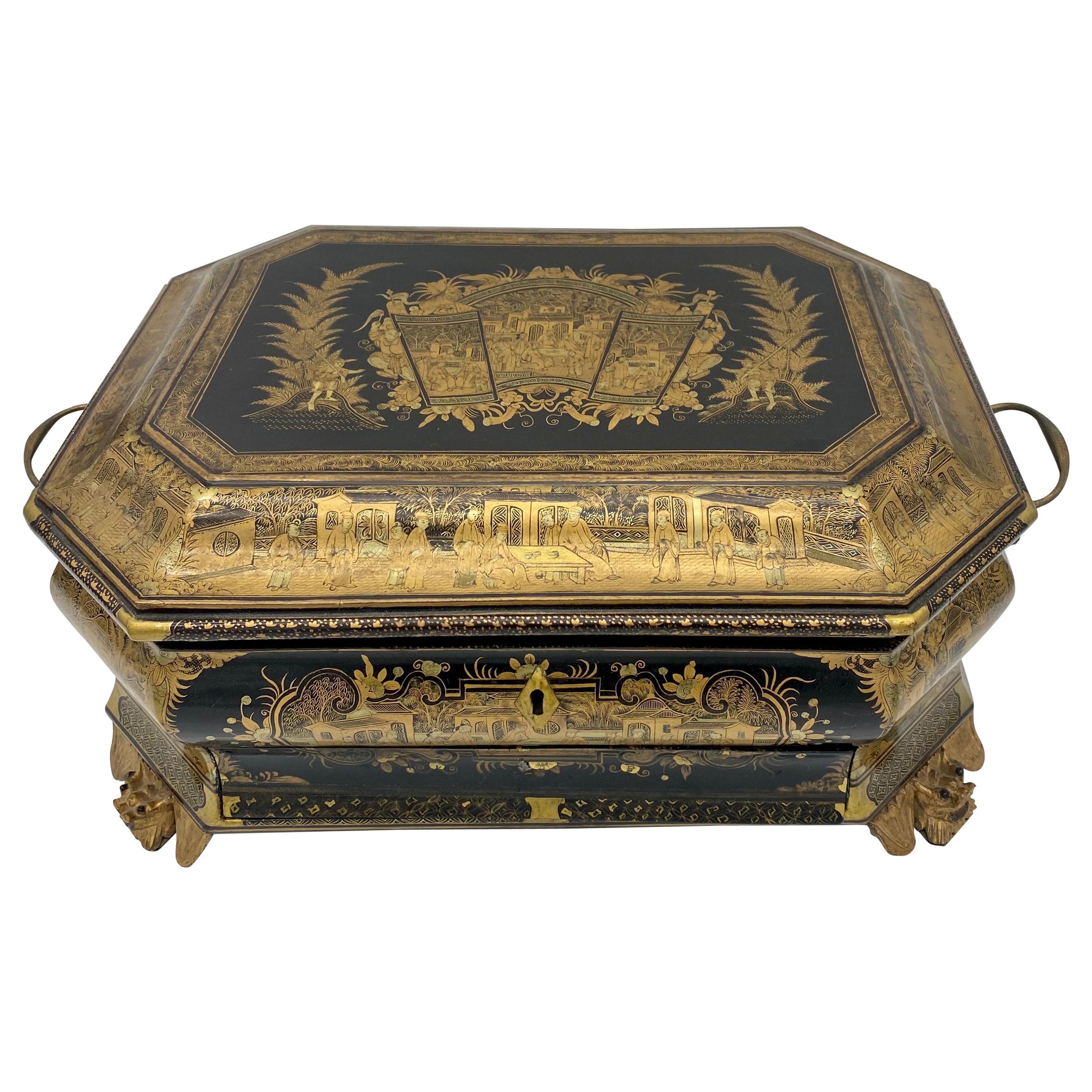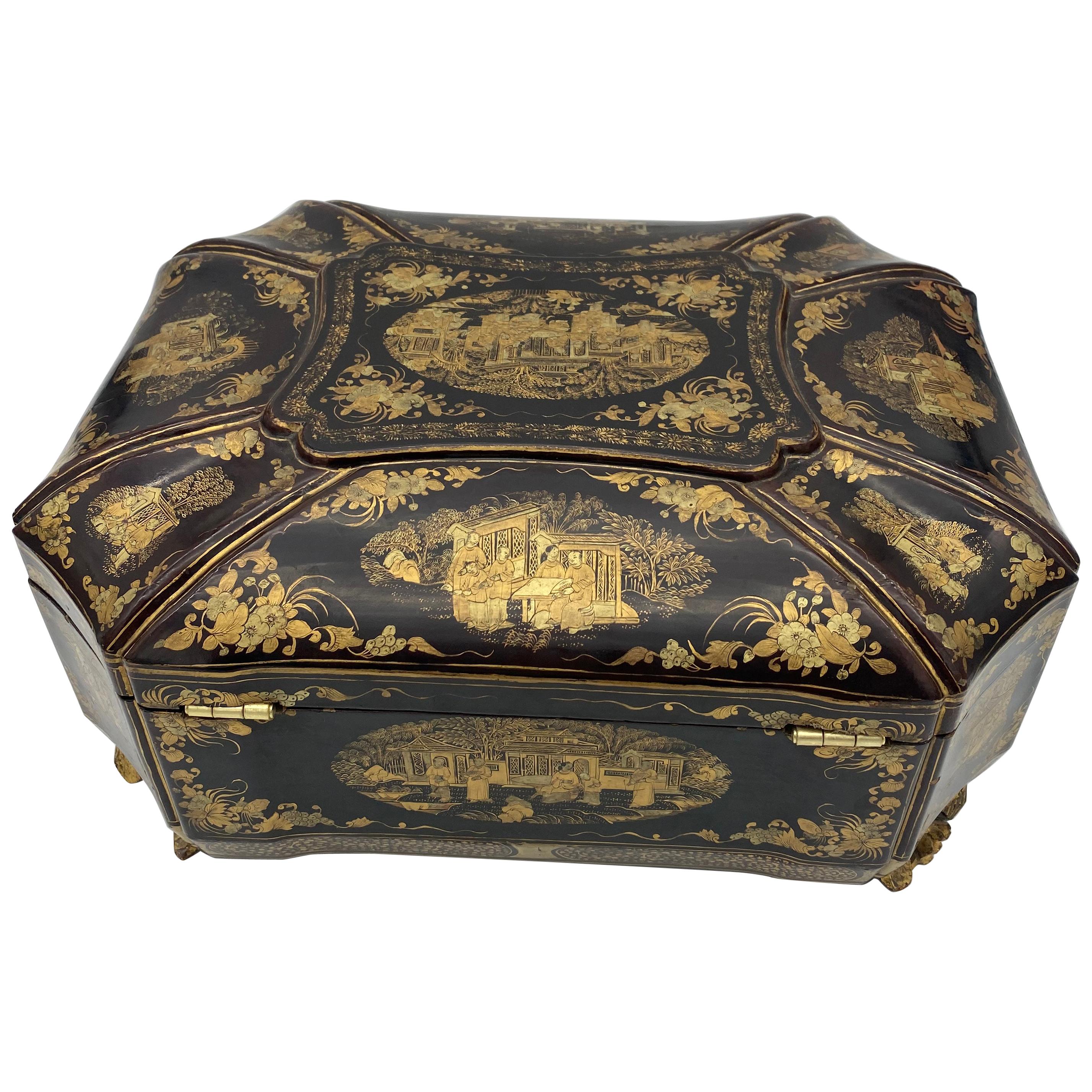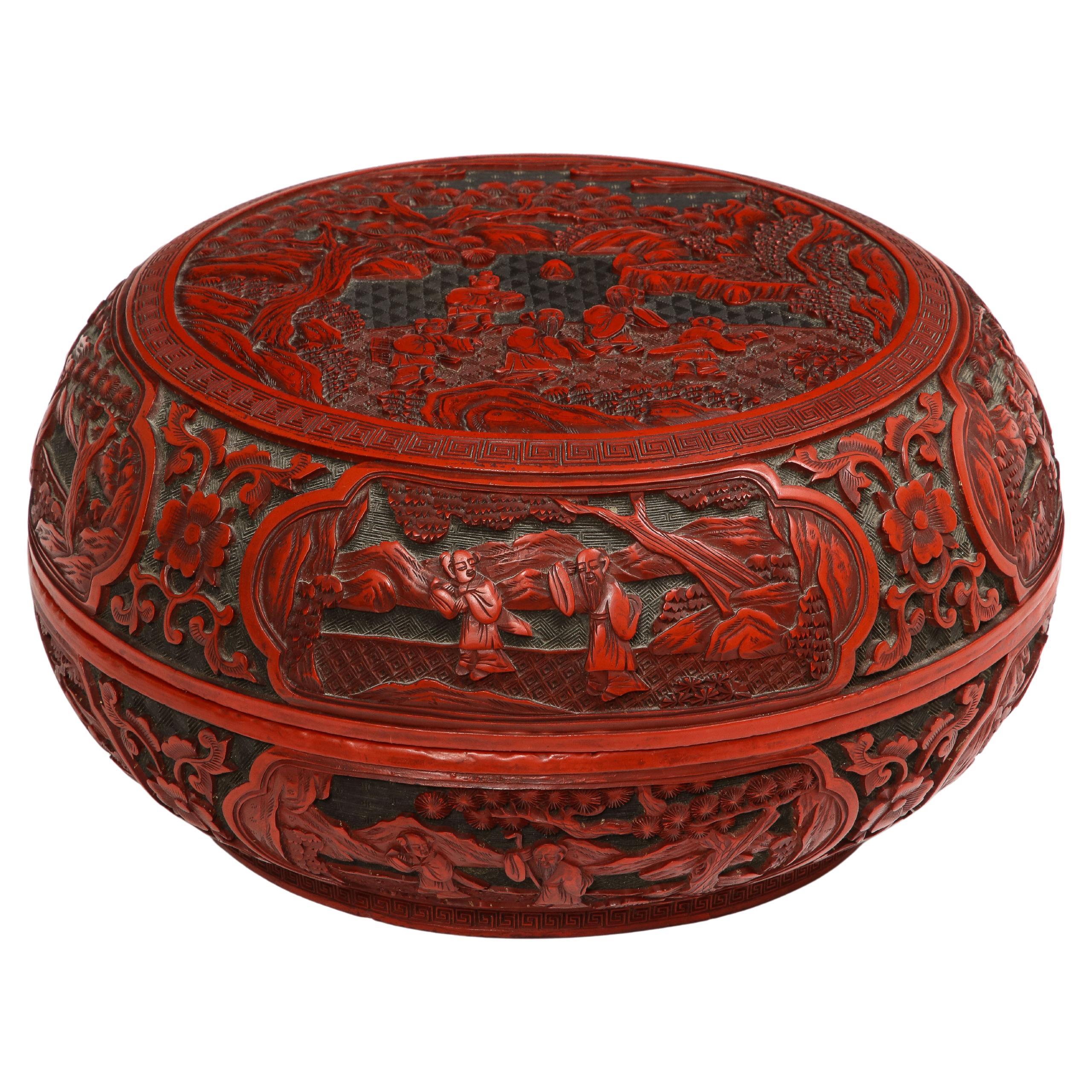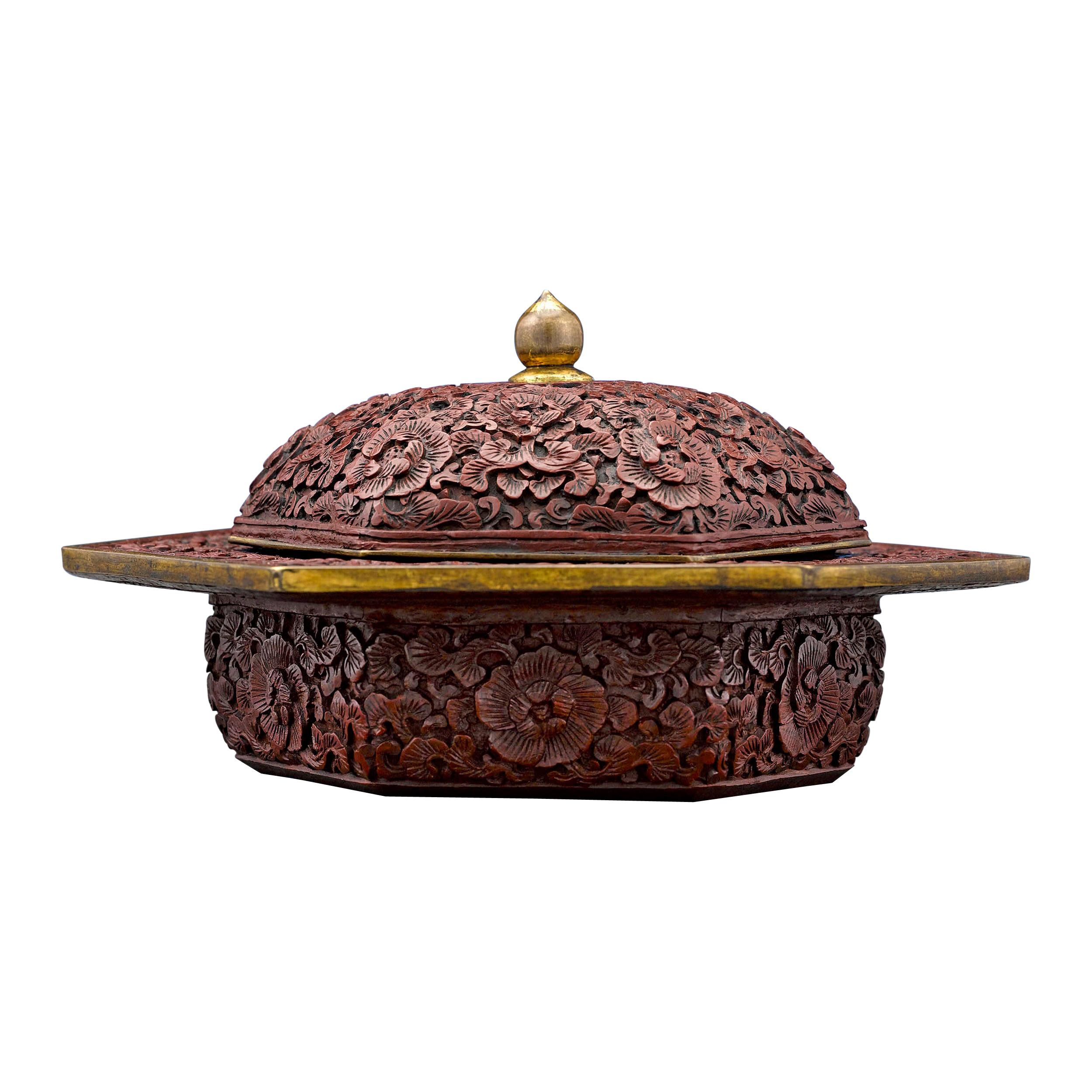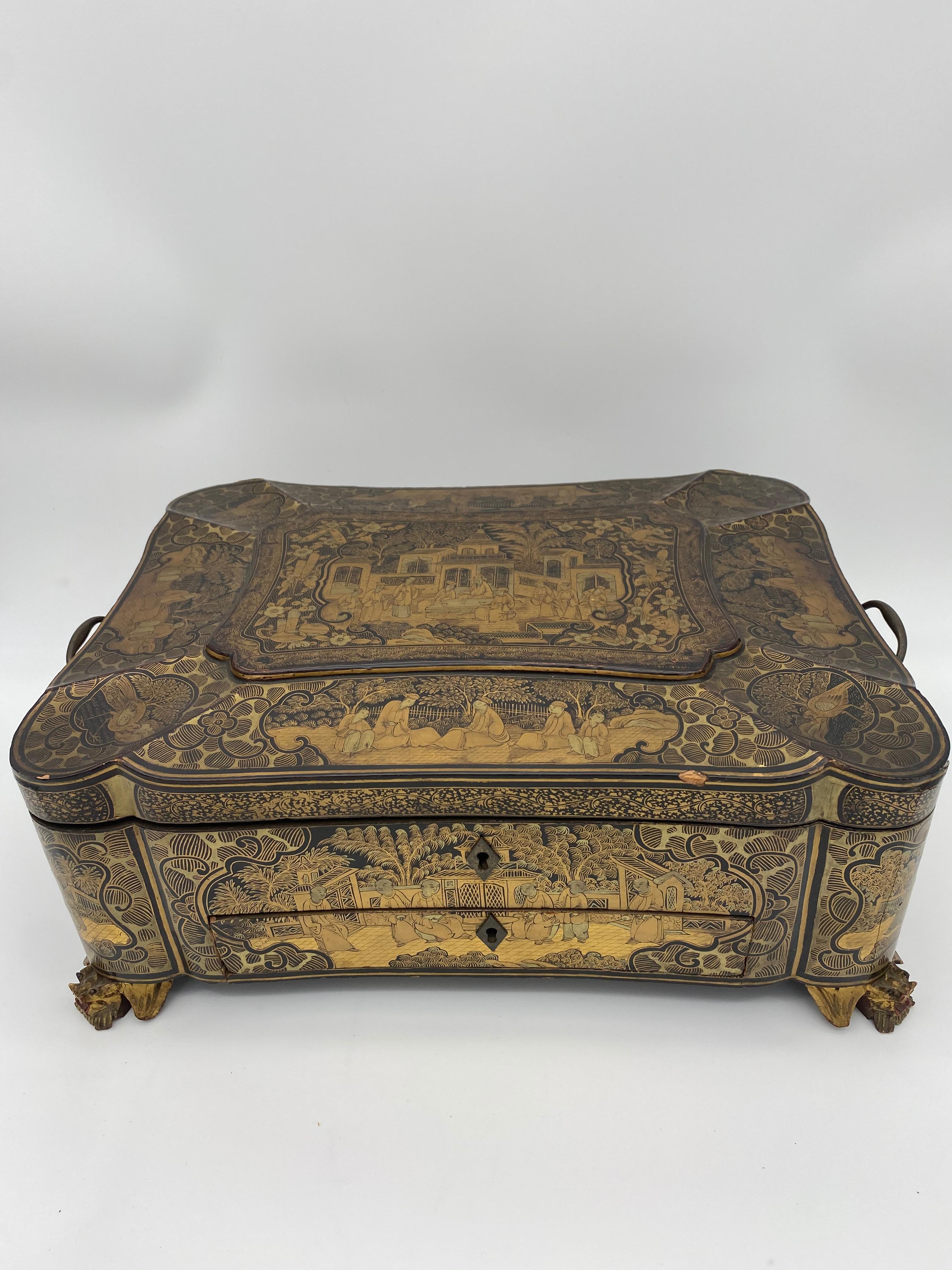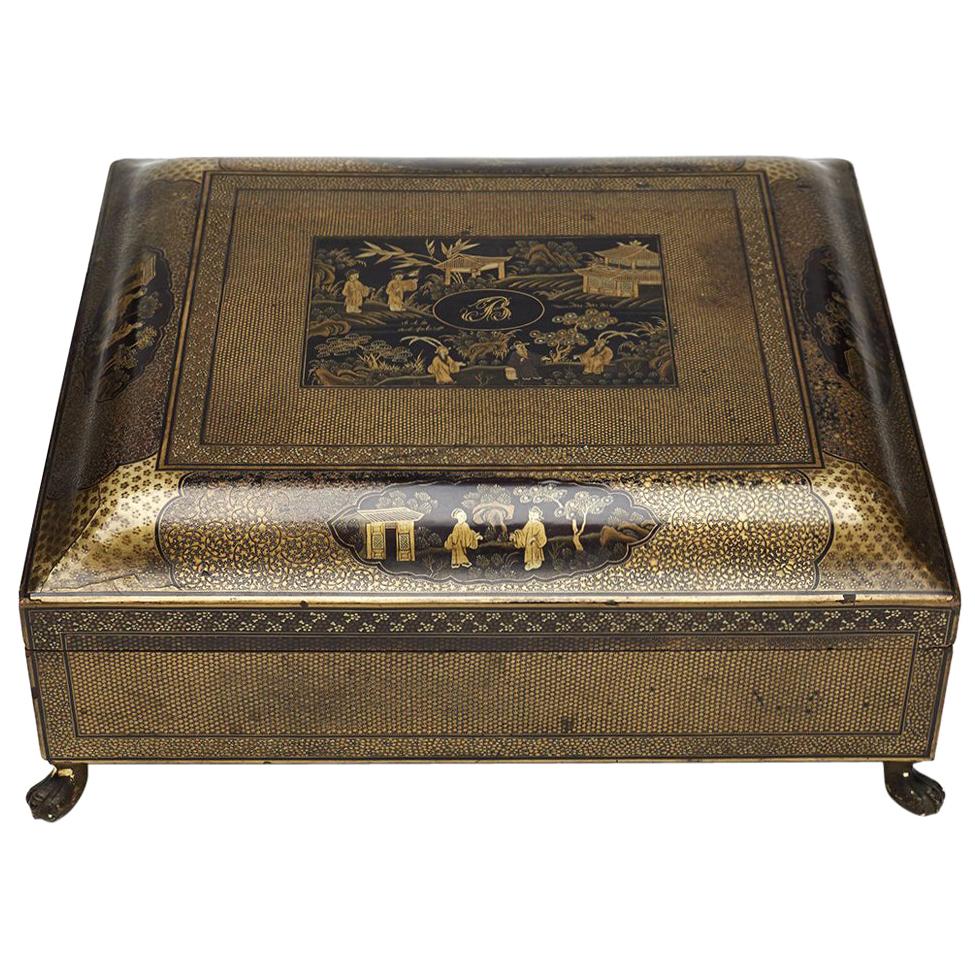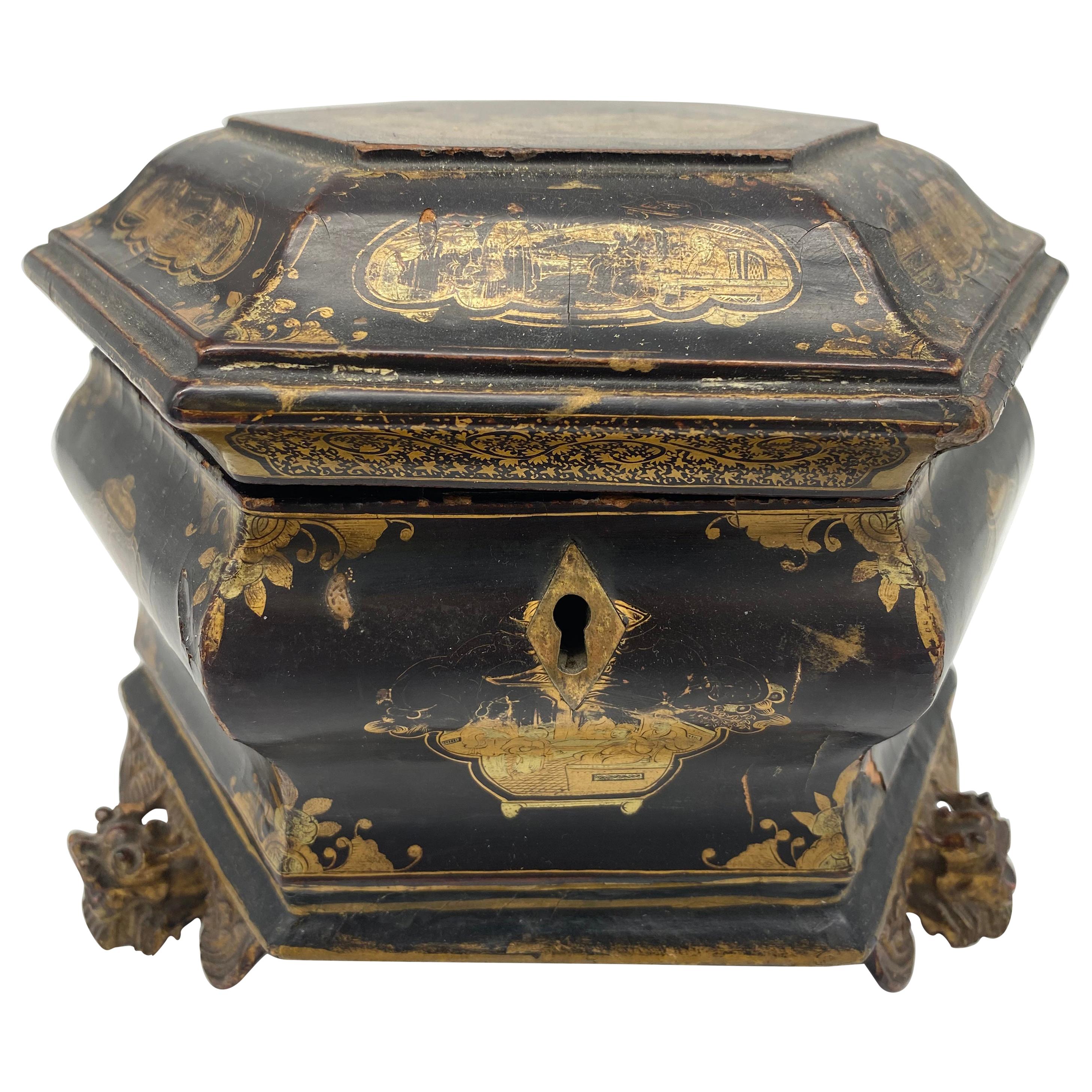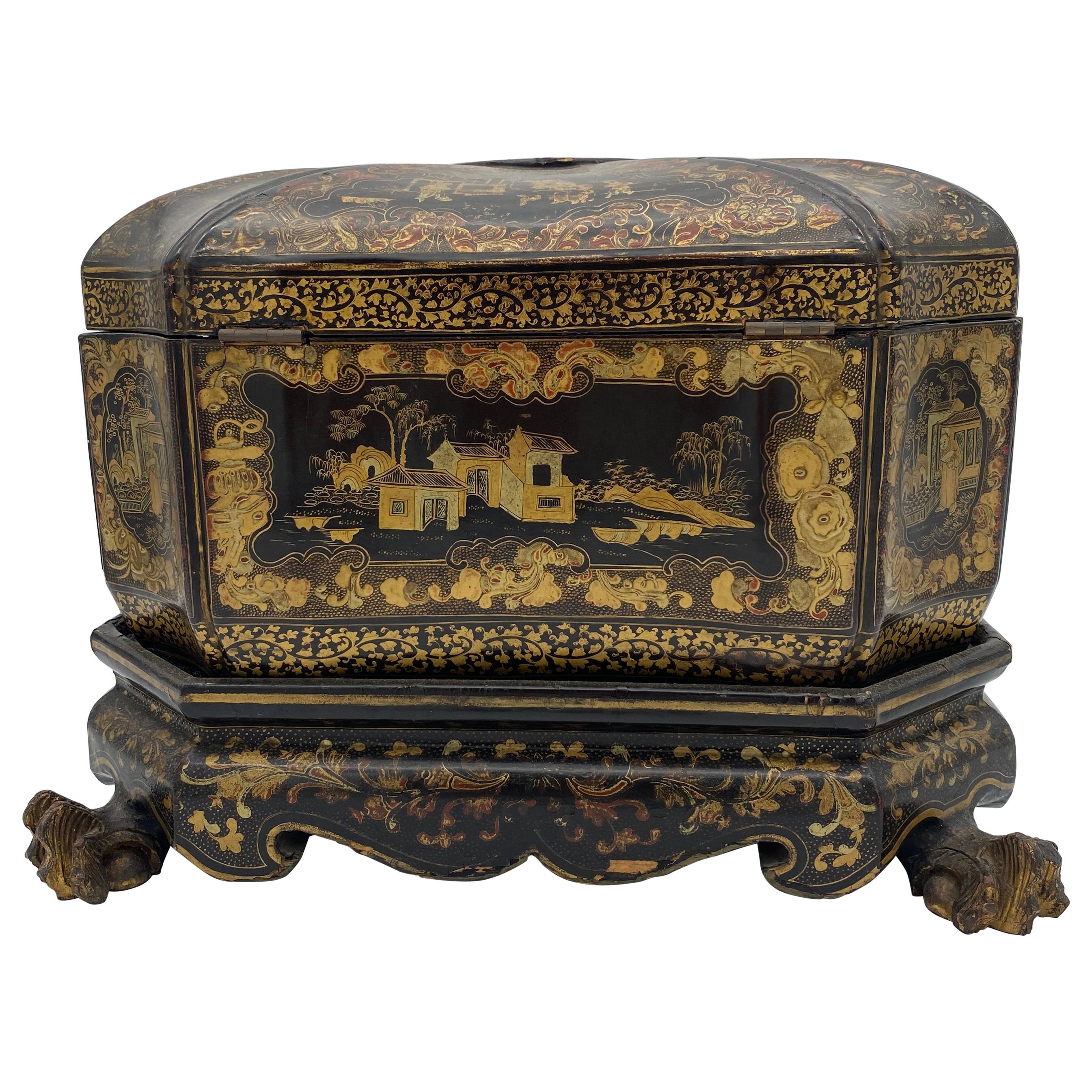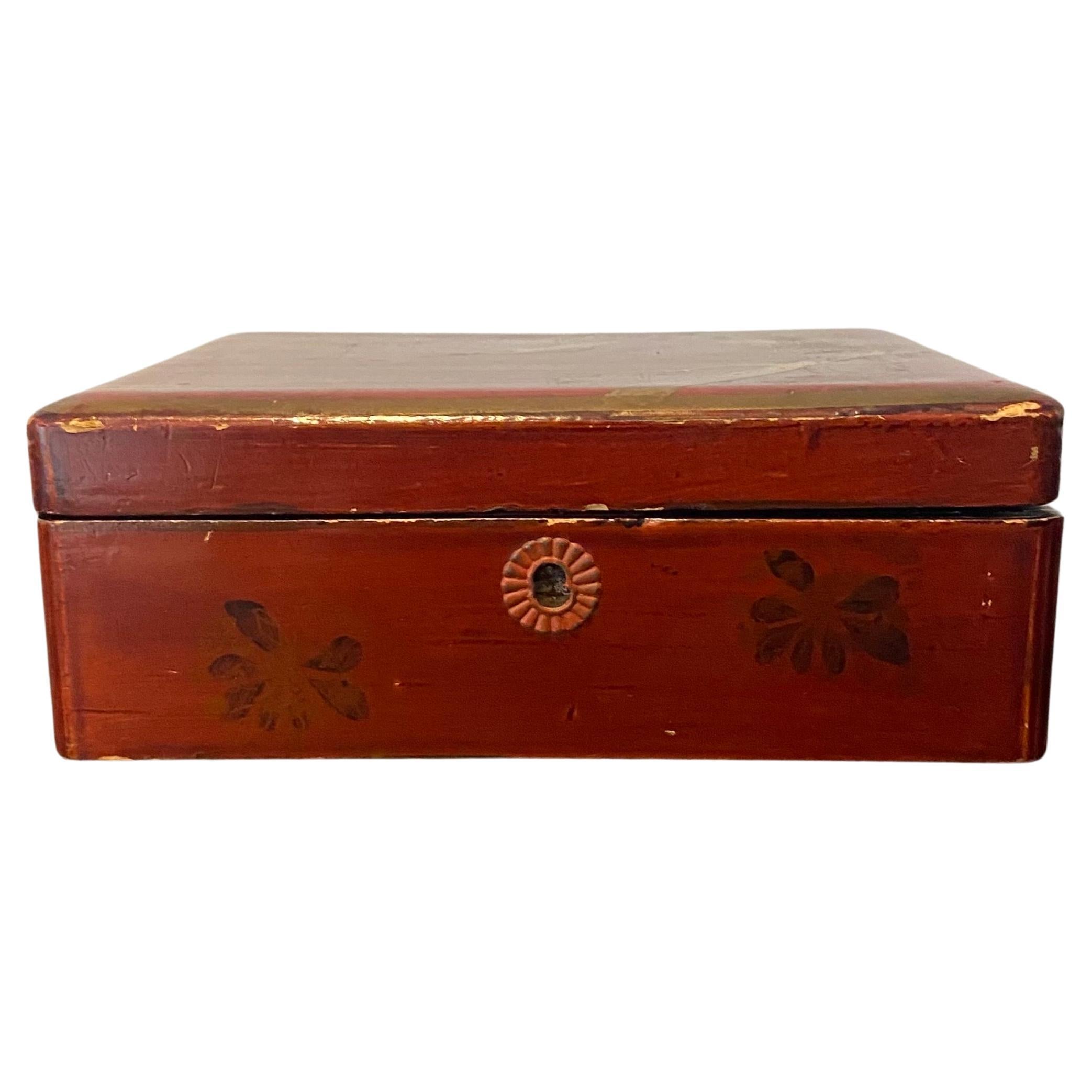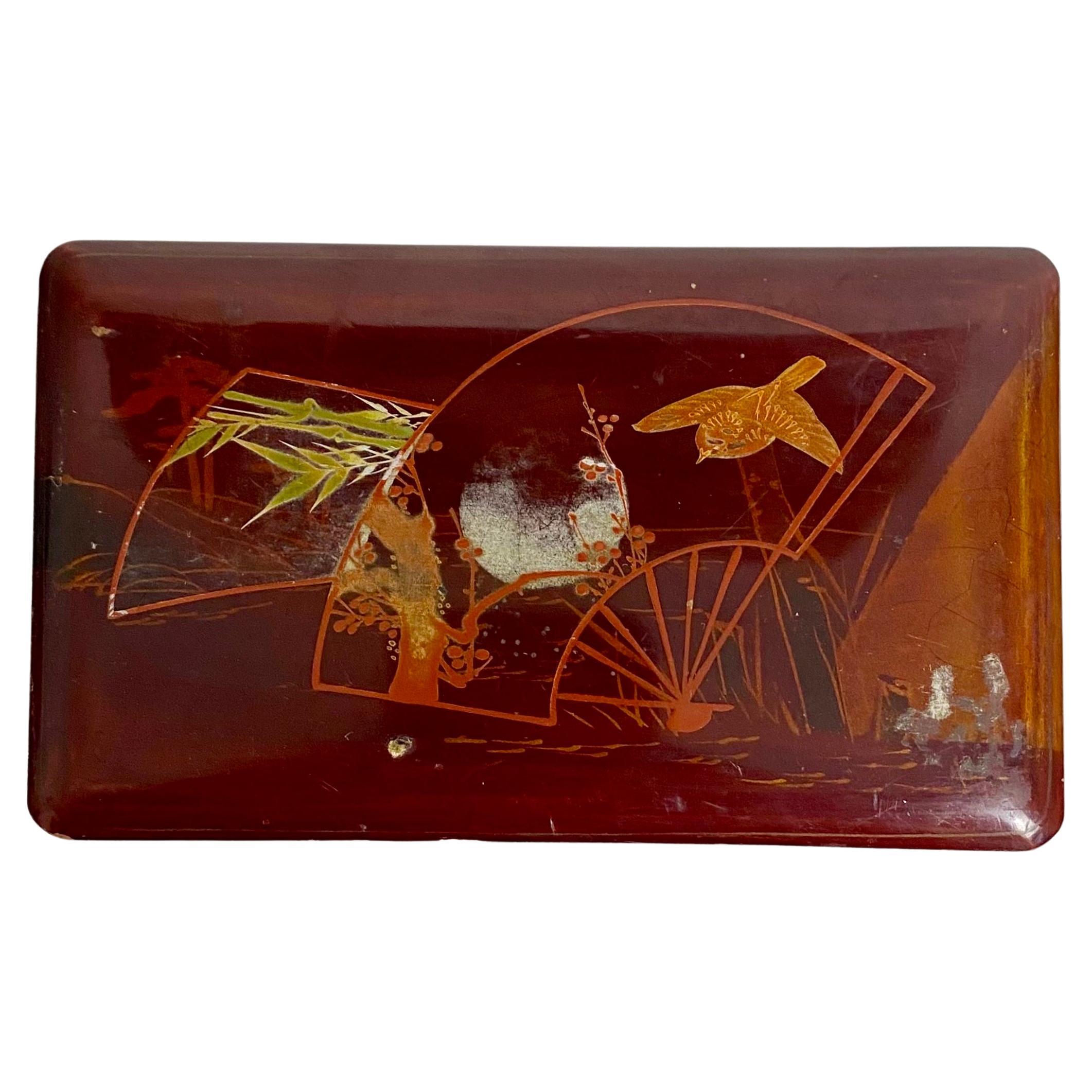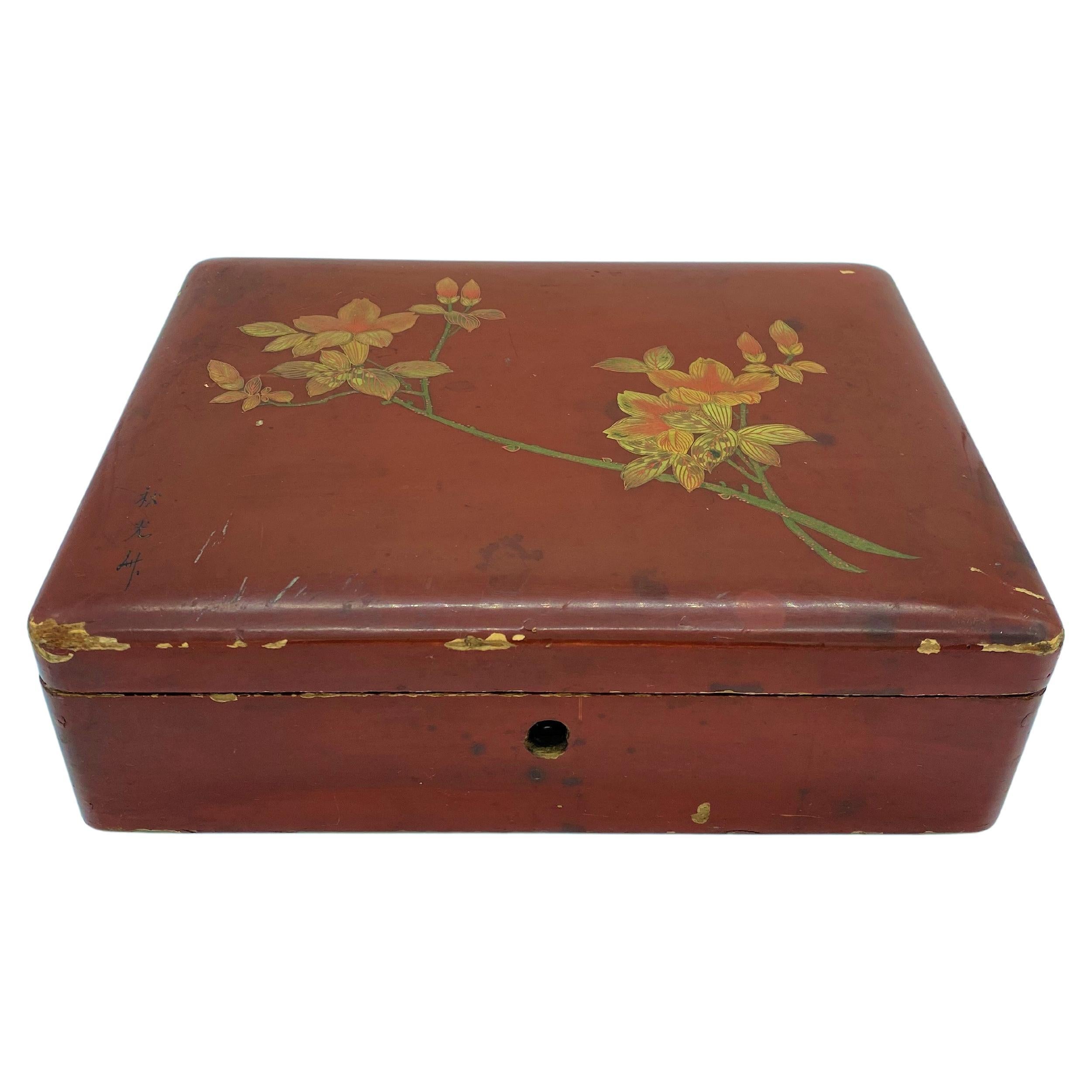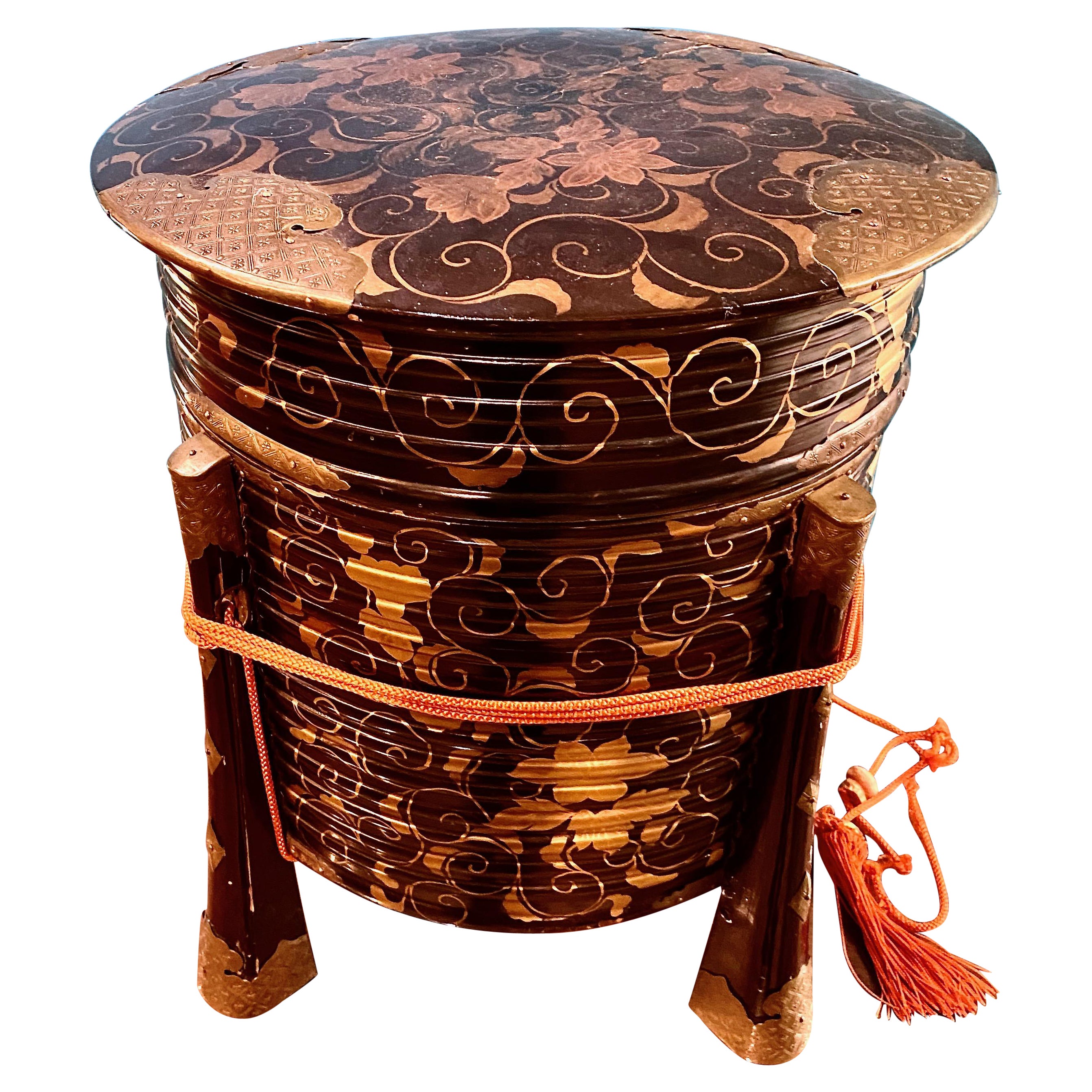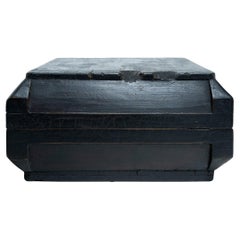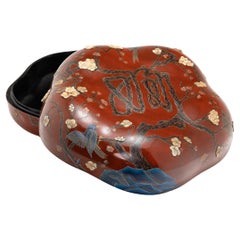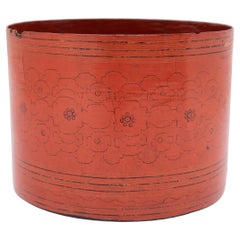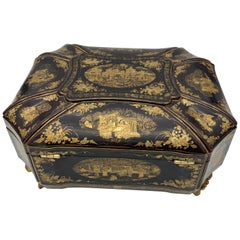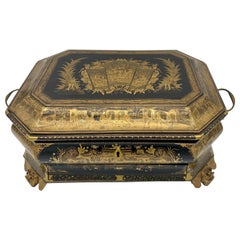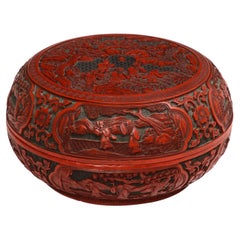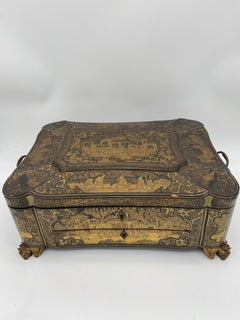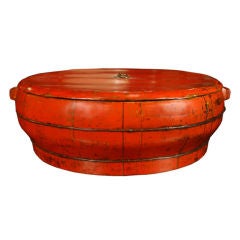
19th Century Chinese Cinnabar Lacquered Wedding Box
View Similar Items
Want more images or videos?
Request additional images or videos from the seller
1 of 7
19th Century Chinese Cinnabar Lacquered Wedding Box
About the Item
- Dimensions:Height: 8 in (20.32 cm)Diameter: 27.5 in (69.85 cm)
- Place of Origin:
- Period:
- Date of Manufacture:c. 1850
- Condition:
- Seller Location:Chicago, IL
- Reference Number:Seller: CAH0541stDibs: U11122282001876
About the Seller
5.0
Platinum Seller
Premium sellers with a 4.7+ rating and 24-hour response times
Established in 1997
1stDibs seller since 2006
1,672 sales on 1stDibs
Typical response time: 1 hour
Authenticity Guarantee
In the unlikely event there’s an issue with an item’s authenticity, contact us within 1 year for a full refund. DetailsMoney-Back Guarantee
If your item is not as described, is damaged in transit, or does not arrive, contact us within 7 days for a full refund. Details24-Hour Cancellation
You have a 24-hour grace period in which to reconsider your purchase, with no questions asked.Vetted Professional Sellers
Our world-class sellers must adhere to strict standards for service and quality, maintaining the integrity of our listings.Price-Match Guarantee
If you find that a seller listed the same item for a lower price elsewhere, we’ll match it.Trusted Global Delivery
Our best-in-class carrier network provides specialized shipping options worldwide, including custom delivery.More From This Seller
View AllChinese Lacquered Snack Box, c. 1820
Located in Chicago, IL
This simple lacquered container was once used as a 19th-century snack box, presented as a gift during holidays and special occasions. To the delight of the r...
Category
Antique Mid-19th Century Chinese Qing Lacquer
Materials
Wood, Lacquer
Chinese Black Lacquer Snack Box, c. 1820
Located in Chicago, IL
This simple lacquered box was once used as a 19th-century snack box, presented as a gift during holidays and special occasions. To the delight of the recipients, the unassuming box w...
Category
Antique Early 19th Century Chinese Qing Lacquer
Materials
Wood, Lacquer
Chinese Lacquered Happiness Box with Birds & Blossoms, c. 1900
Located in Chicago, IL
This finely lacquered box was once presented as a gift, filled with popular snacks like roasted melon seeds, dried fruit, and cinnamon-toasted soy beans. Dated to the late 19th centu...
Category
Antique Late 19th Century Chinese Qing Decorative Boxes
Materials
Bone, Mother-of-Pearl, Wood, Lacquer
Burmese Yun Lacquer Container, c. 1900
Located in Chicago, IL
In many southeast Asian cultures, offering guests a betel quid to chew was the fundamental symbol of hospitality. A blend of leaves, nuts, seasonings, and sometimes tobacco, betel was kept in finely worked and decorated boxes. This round container was originally the lid to a Burmese betel box...
Category
Early 20th Century Burmese Folk Art Lacquer
Materials
Bamboo
Burmese Cinnabar Red Lacquer Box, c. 1900
Located in Chicago, IL
Dated to the early 20th-century, this small woven box is a timeless example of Burmese lacquerware. Made of woven bamboo strips, the box is coated in a putty-like substance known as ...
Category
Early 20th Century Burmese Rustic Decorative Boxes
Materials
Bamboo
Japanese Gilt Takamaki-E Tabako-Bon, C. 1850
Located in Chicago, IL
This box with many drawers is a Japanese tabako-bon, or 'tobacco tray,' used to store tobacco and smoking accessories. Believed to have evolved from the t...
Category
Antique Mid-19th Century Japanese Meiji Lacquer
Materials
Brass
You May Also Like
19th Century Chinese Lacquer Sewing Box
Located in Brea, CA
19th century Chinese lacquer sewing box from the Qing Dynasty. Decorated all over beautifully with intricate designs and images of ancient C...
Category
Antique 19th Century Chinese Qing Lacquer
Materials
Lacquer
19th Century Chinese Lacquer Sewing Box
Located in Brea, CA
19th century Chinese lacquer sewing box from the Qing dynasty. Colored black and gold all-over beautifully with intricate designs.
Category
Antique 19th Century Chinese Qing Lacquer
Materials
Lacquer
18th/19th Century Chinese Cinnabar Circular Box with Multiple Cartouches
Located in New York, NY
An 18th/19th Century Chinese cinnabar circular box with multiple cartouches of Families. This is a marvelous piece with very fine details on the main top panel of the box. The top pa...
Category
Antique 1790s Chinese Qing Lacquer
Materials
Lacquer
19th Century 14.25‘’ Large Chinese Lacquer Sewing Box
Located in Brea, CA
19th century Chinese lacquer sewing box from the Qing Dynasty. Decorated beautifully all over with intricate designs and images of ancient C...
Category
Antique 19th Century Chinese Qing Lacquer
Materials
Lacquer
Chinese Cinnabar Lacquer Cuspidor
Located in New Orleans, LA
This intriguing Chinese zhadou is intricately carved of fine cinnabar lacquer. A work of exceptional artistry, this covered bowl is adorned with an intricately carved floral motif on all surfaces, including the cover and the wide rim. Also known as a cuspidor or spittoon, this rare container would have been used by members of the imperial family and scholar- officials at the court. Carved during the Kangxi period (1662-1722), this charming piece exhibits the high detail and charm associated with items from that period, making it a true treasure,
Early 18th century (Kangxi dynasty)
Measures: 6 ¼” wide x 3 ¼” high
Cinnabar has been revered for its color all over the world. It has been found in the royal burial chambers of the Mayas, in the rituals of India, and in the ruins of ancient Greece and Rome. In China, cinnabar and gold were the two most important elements in alchemy. Mined since the Neolithic Age, cinnabar is the ore of mercury, and as such, it can be incredibly toxic, especially when mining. In fact, during the Roman Empire, miners at Spain’s Almadén mine in Spain were frequently exposed to mercury fumes, and the subsequent, often fatal, sickness was considered an occupational hazard.
The most popular known use of cinnabar is in Chinese carved lacquer-ware, a technique that is believed to have originated in the Song Dynasty, in which cinnabar is ground to a powder and added to clear lacquer. As with mining, there was inherent danger of mercury poisoning for those who carved the lacquer, as mercury was also released into the air when artisans ground the pigments. Most antique cinnabar...
Category
Antique 18th Century Chinese Other Lacquer
Materials
Lacquer
19th Century Chinese Lacquer Tea Caddy
Located in Brea, CA
Middle 19th century Chinese Export double lacquer tea caddy on stand from the Qing dynasty. octagonal form with hinged lid ,divided interior with me...
Category
Antique 19th Century Chinese Qing Lacquer
Materials
Lacquer
Recently Viewed
View AllMore Ways To Browse
Chinese Lidded Bowl
Chinese Brass Tray
Antique Brass Basin
Red Lacquer Bowl
Asian Bucket
Chinese Brass Urns
19th C Brass Vase
Chinese Red Lacquer Vase
Red Lacquer Planter
Cinnabar Box
Cinnabar Vase
Chinese Brass Bowl
Chinese Brass Planter
Cinnabar Box Antique
Chinese Cinnabar Box
Chinese Wedding Box
Antique Chinese Cinnabar Box
China Lacquer Bowl
